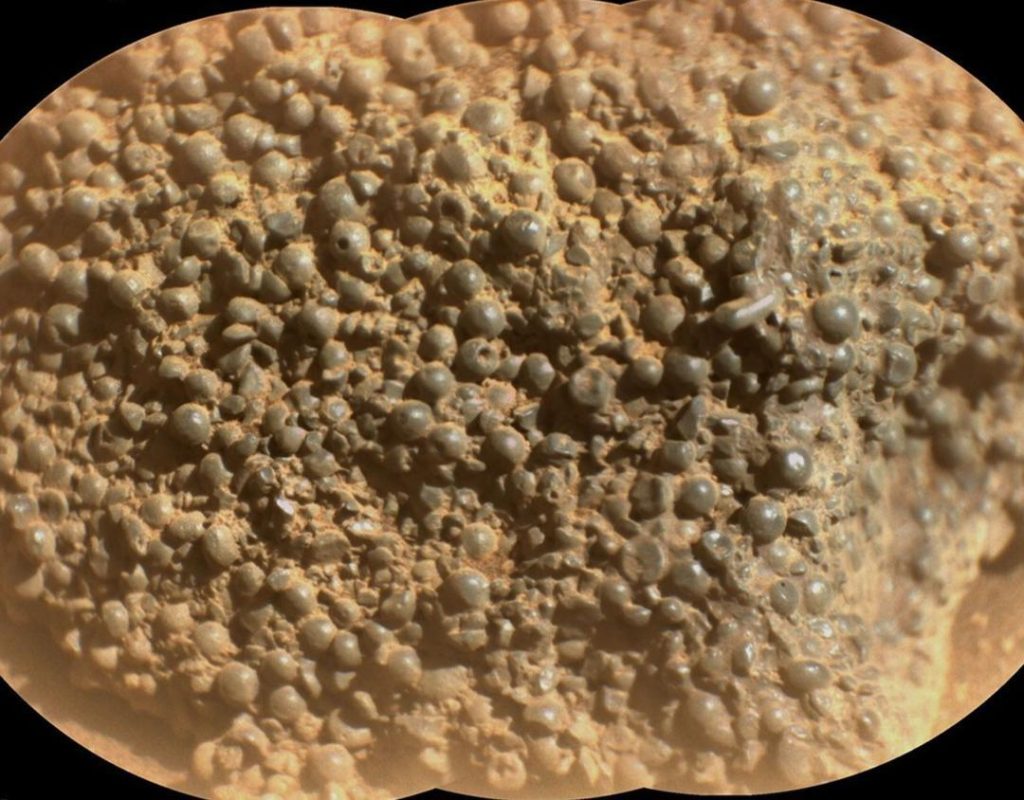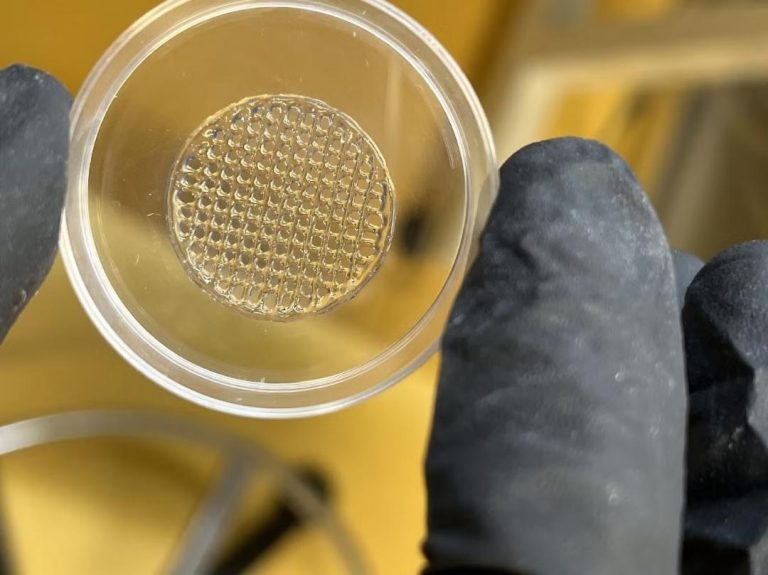
Sphere-studded Rock on Mars Found by NASA’s Perseverance Rover
NASA’s Perseverance rover has made another groundbreaking discovery on the Martian surface, this time uncovering a peculiar rock studded with hundreds of millimetre-sized, dark grey spheres. The remarkable find, named ‘St. Pauls Bay’ by the mission team, has sent shockwaves through the scientific community, sparking curiosity and debate about the origins of these enigmatic spheres.
Located in the Jezero crater, which was once home to a lake, the rock was discovered during the rover’s exploration of Broom Point. The area is of great interest to scientists as it offers insights into Mars’ ancient past, specifically the planet’s potential habitability. The Perseverance rover, launched in July 2020, has been exploring the Martian surface since February 2021, equipped with a suite of scientific instruments designed to uncover the secrets of the Red Planet.
The spheres themselves vary in size, with some measuring up to 1 millimeter in diameter. While most are spherical in shape, some appear more elongated, elliptical, or even possess angular edges, which may indicate that they are fragments of larger, broken spherules. The dark grey color of the spheres is also noteworthy, as it suggests they may have been formed through the interaction of different minerals or the presence of organic matter.
So, what could be the origin of these spheres? Scientists are divided on the matter, with some speculation that they might be:
- Meteorite fragments: One theory is that the spheres are fragments of meteorites that fell to the Martian surface. This would suggest that Mars was once subjected to intense meteorite bombardment, which could have played a significant role in shaping the planet’s geology.
- Volcanic in origin: Another possibility is that the spheres are the result of volcanic activity on Mars. This could be linked to the presence of ancient volcanoes in the region, which may have produced these peculiar rock formations.
- Biological in nature: Some scientists have even suggested that the spheres could be related to biological activity on Mars. This theory is more speculative, but it raises intriguing questions about the possibility of life on the Red Planet.
While the true origin of the spheres remains unclear, the Perseverance rover’s discovery has opened up new avenues of research for scientists. The NASA team is currently analyzing the rock and its contents in greater detail, using a range of techniques to understand the composition and structure of the spheres.
“The discovery of these spheres is a fascinating addition to our growing understanding of Mars’ geology,” said Dr. Sarah Jones, a planetary scientist with NASA. “We’re excited to continue exploring the Martian surface and uncovering the secrets that lie beneath.”
The Perseverance rover is just one of several NASA missions currently exploring Mars, with the European Space Agency’s ExoMars rover set to launch in 2022. As our understanding of the Red Planet grows, we may uncover further evidence of its complex and intriguing history.
Source:
https://science.nasa.gov/blog/shocking-spherules/
Note: The source link provided above is the original news article from NASA’s Science blog, which details the discovery of the sphere-studded rock on Mars.






